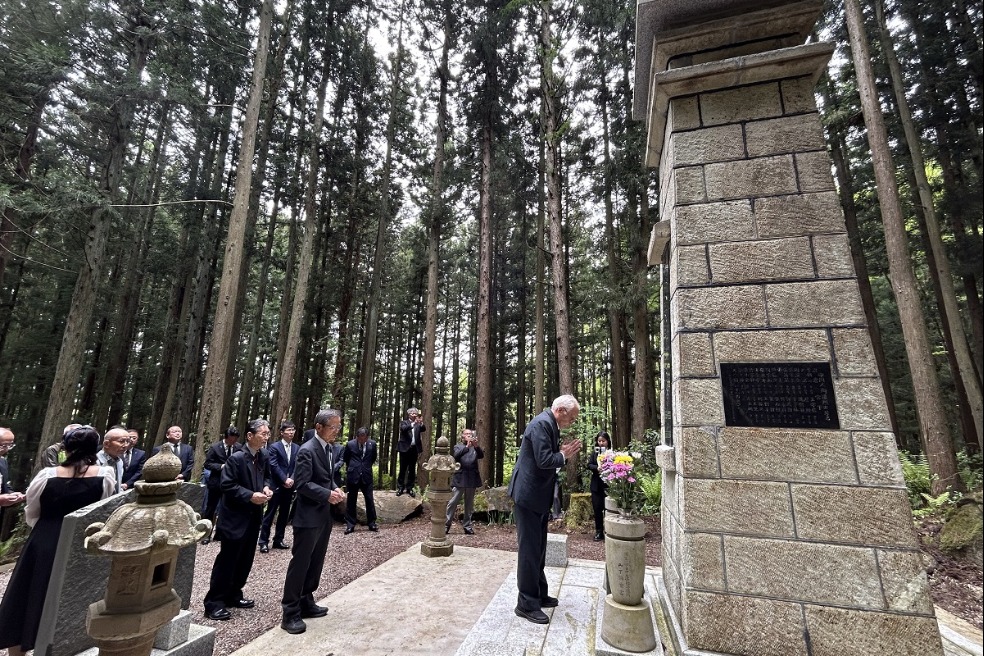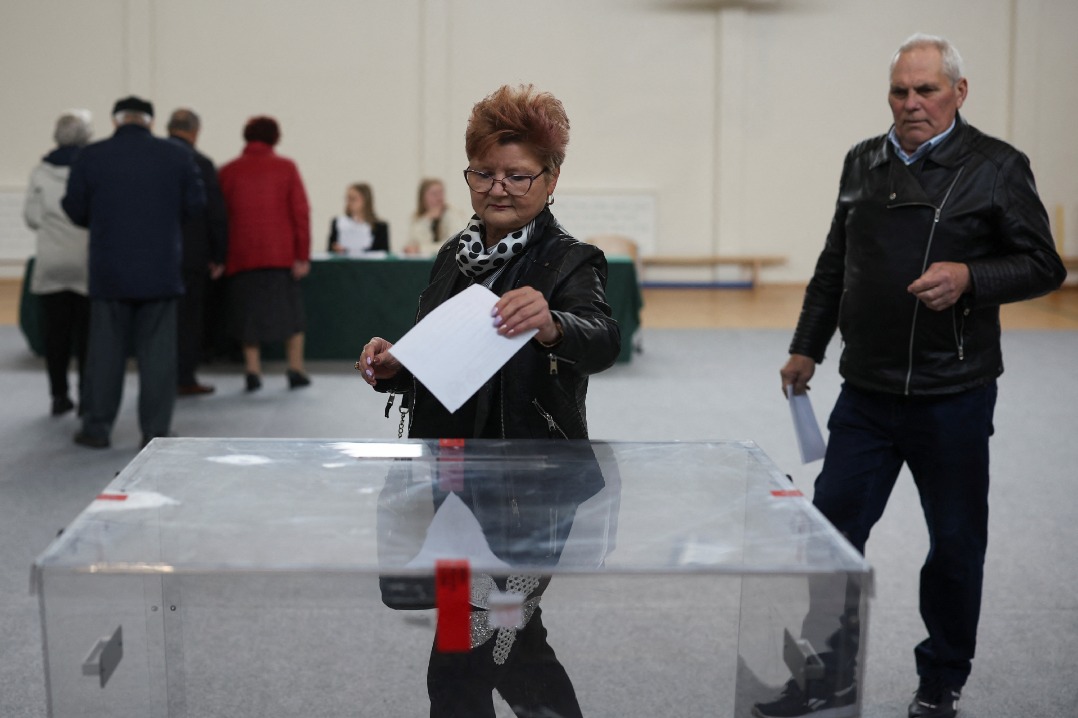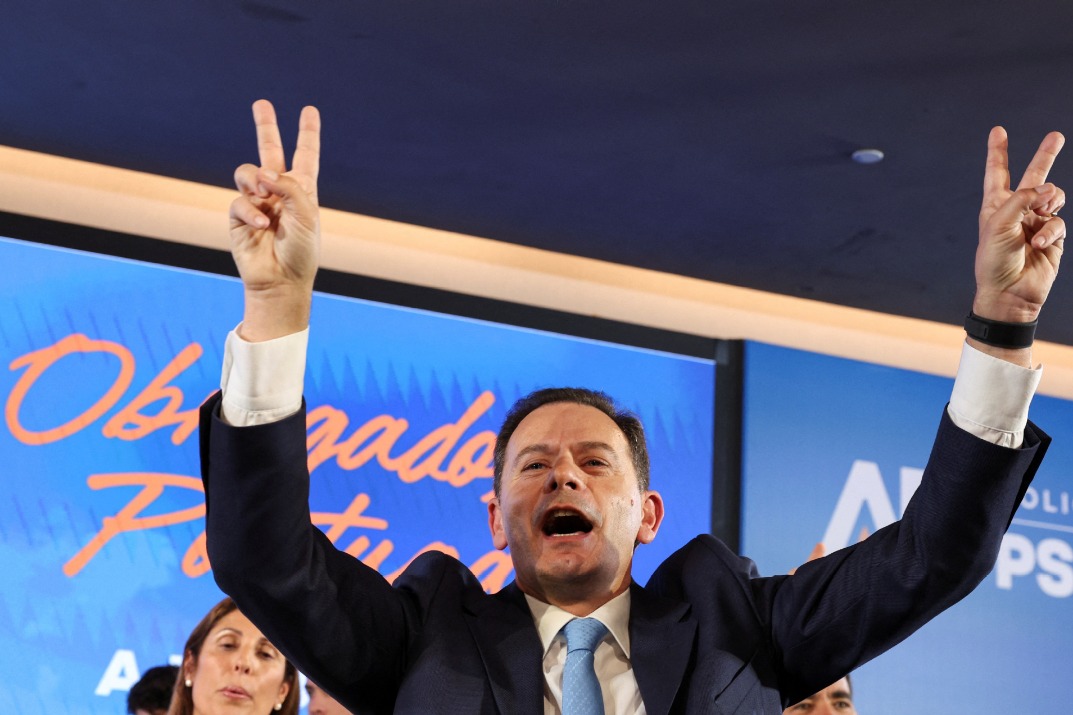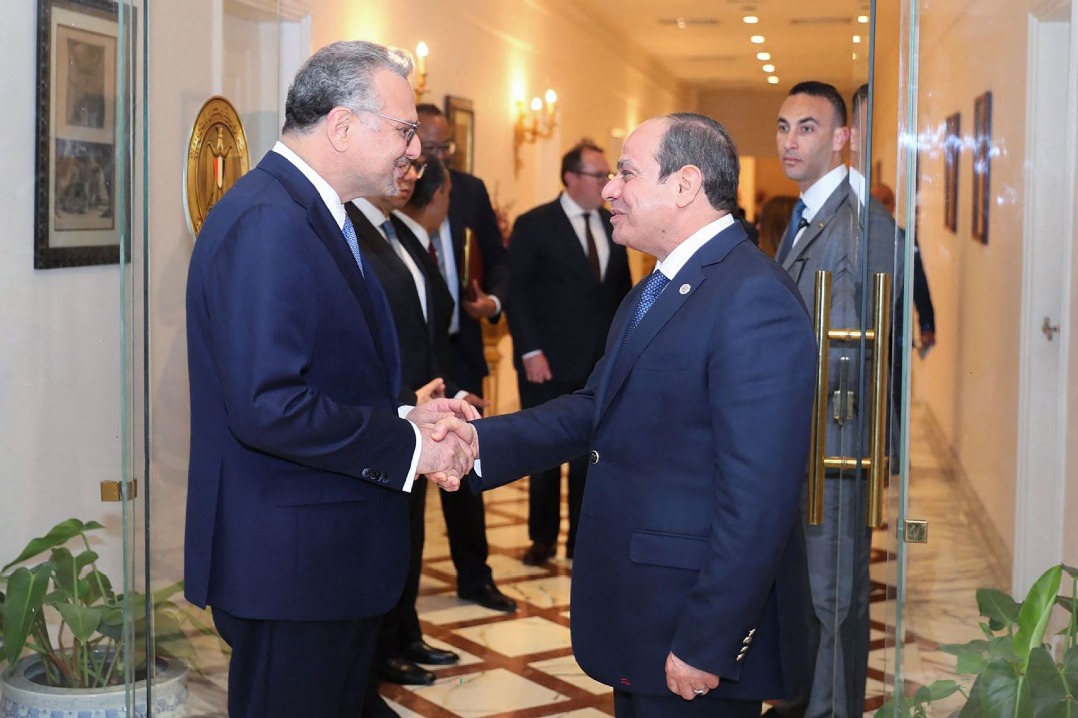Official: China will further market liberalization

On top of the progress in China's globalization, Wang said China has taken a series of measures for trade and investment liberalization and facilitation.
He listed the following:
#China has significantly lowered import tariffs voluntarily and continuously. By the end of 2017, import duties on over 900 tariff lines had been reduced, with the trade-weighted average tariff rate falling to 2.4 percent.
#China will be holding the first China International Import Expo in Shanghai in November this year, which has already attracted participants from over 100 countries.
#China has constantly expanded market access for foreign investors. On June 28, China published the 2018 Special Administrative Measures for the Access of Foreign Investment (Negative List), reducing the number of restrictive measures on foreign investment from 63 to 48.
#China has pragmatically implemented the Trade Facilitation Agreement (TFA). The average time for customs clearance has been reduced to less than 20 hours for imports, and to below two hours for exports.
#China has accelerated the construction of pilot free trade zones.
On the reform measures, Wang said China has annulled the business tax and replaced it with the value-added tax (VAT), lowered the VAT rates and simplified its structure.
Wang also said that China has advanced the supply-side structural reform, and resolved over 120 million metric tons of crude steel and over 500 million metric tons of coal capacity in 2016 and 2017 combined.
Wang said that China has actively participated in all aspects of WTO work, faithfully implemented its obligations, and striven to ensure the compliance of its domestic laws and policies with the WTO rules.
He said the multilateral trading system is now confronted with severe challenges, calling on all WTO members to resolutely defend the fundamental principles and core values of the system.
"China has been a firm supporter of the multilateral trading system," said Wang.
































